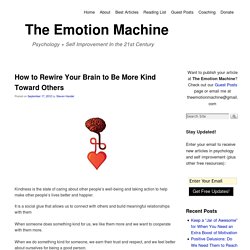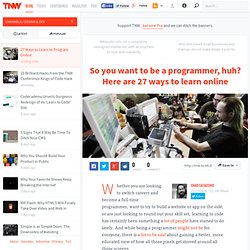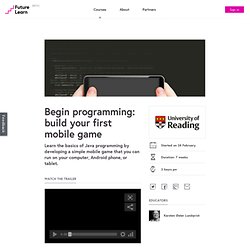

Six Habits of Highly Empathic People. Republished from greatergood.berkeley.edu By Roman Krznaric If you think you’re hearing the word “empathy” everywhere, you’re right. It’s now on the lips of scientists and business leaders, education experts and political activists. But there is a vital question that few people ask: How can I expand my own empathic potential?
Empathy is not just a way to extend the boundaries of your moral universe. According to new research, it’s a habit we can cultivate to improve the quality of our own lives. But what is empathy? The big buzz about empathy stems from a revolutionary shift in the science of how we understand human nature. Over the last decade, neuroscientists have identified a 10-section “empathy circuit” in our brains which, if damaged, can curtail our ability to understand what other people are feeling. But empathy doesn’t stop developing in childhood. Habit 1: Cultivate curiosity about strangers Highly empathic people (HEPs) have an insatiable curiosity about strangers. How to Rewire Your Brain to Be More Kind Toward Others. Kindness is the state of caring about other people’s well-being and taking action to help make other people’s lives better and happier.

It is a social glue that allows us to connect with others and build meaningful relationships with them When someone does something kind for us, we like them more and we want to cooperate with them more. When we do something kind for someone, we earn their trust and respect, and we feel better about ourselves for being a good person. Kindness is a reciprocal relationship. It becomes a cycle that strengthens our bond with friends, family, lovers, coworkers, and acquaintances. The more we practice kindness, the easier it is. Every thought and action we do fires neurons in our brain. Here are scientifically supported ways we can increase our kindness toward others. Get your intentions right Having good intentions is the first step toward being kinder toward others and building positive relationships with them. See from the other person’s perspective. How to Read Body Language.
Key Points Look for emotional cues, such as crying, anger, or embarrassment.

More ↓Look for physical cues to determine the status of a relationship. ↓Learn how to read eyes and body language for attraction cues. » 12 Practical Steps for Learning to Go With the Flow. “Life is a series of natural and spontaneous changes.

Don’t resist them – that only creates sorrow. Let reality be reality. Let things flow naturally forward in whatever way they like.” - Lao-Tzu Post written by Leo Babauta. Follow me on Twitter. No matter how much structure we create in our lives, no matter how many good habits we build, there will always be things that we cannot control — and if we let them, these things can be a huge source of anger, frustration and stress. The simple solution: learn to go with the flow. “Smile, breathe and go slowly.” - Thich Nhat Hanh For example, let’s say you’ve created the perfect peaceful morning routine. 27 Ways to Learn to Program Online. Whether you are looking to switch careers and become a full-time programmer, want to try to build a website or app on the side, or are just looking to round out your skill set, learning to code has certainly been something a lot of people have started to do lately.

And while being a programmer might not be for everyone, there is a lot to be said about gaining a better, more educated view of how all those pixels get moved around all those screens. Before we delve into our list of learning resources sites, we wanted to share some advice from Marissa Louie, a self-taught product designer for Ness Computing. A former startup founder, Louie told TNW that the hardest part of being self-taught – whether it’s design, programming, or any other discipline is, “gathering the courage.
Begin programming: build your first mobile game — University of Reading. Learn the basics of Java programming by developing a simple mobile game that you can run on your computer, Android phone, or tablet.

Programming is everywhere: in dishwashers, cars and even space shuttles. This course will help you to understand how programs work and guide you through creating your own computer program – a mobile game. Whether you’re a complete newcomer to programming, or have some basic skills, this course provides a challenging but fun way to start programming in Java. Over seven weeks we will introduce the basic constructs that are used in many programming languages and help you to put this knowledge into practice by changing the game code we have provided. You’ll have the freedom to create a game that’s unique to you, with support from the community and educators if you get stuck. At the end of the course you’ll have a complete game that can be played on an Android phone or tablet, or even your computer. Courses. Home page. Helps you remember what's happened in your life.
Free tutorials on HTML, CSS and PHP - Build your own website - HTML.net. Free Software :) :) :) HTML.